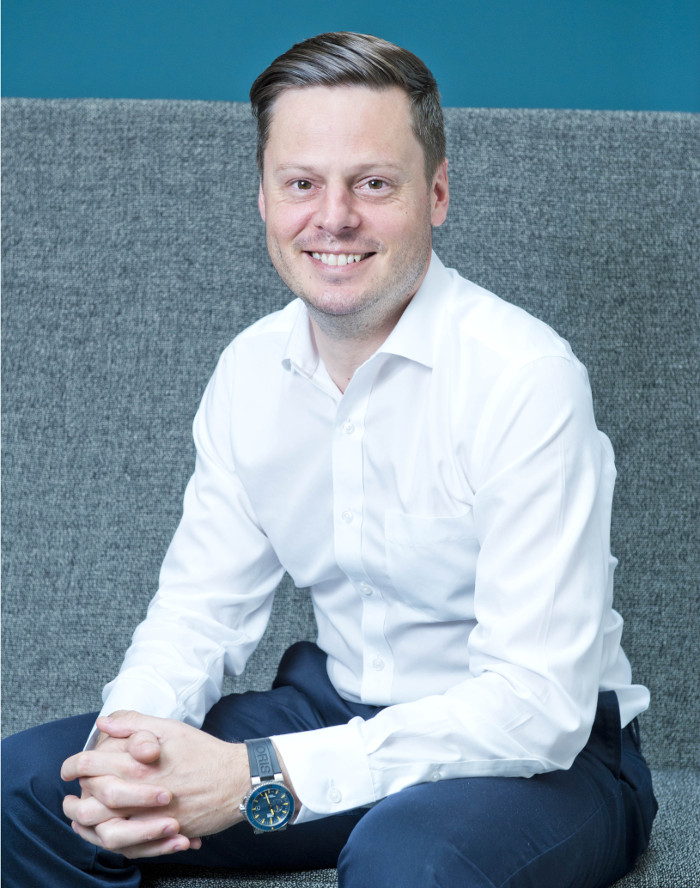
“Trying to get journalists to drink anything these days can be a challenge, it’s more likely to be a flat white than a pint,” says Aberfield Communications Director Tim Downs, who talks to us about changes the PR-journalist relationship has undergone since the 90s (much less alcohol, sounds like).
Find out about the approaches Tim and Aberfield take to get coverage for their clients – while keeping the journalists they work with happy – beyond branching out into caffeinated drinks…
Hi Tim! Firstly, give us a quick overview of Aberfield Communications and what you do – what kind of clients do you work with, and how did the company come together?
Tim: We’re a PR, social media and marketing business driven by insight and a passionate belief in starting with the audience not the product or service. Our job is to move people and perceptions, not simply to generate coverage.
We came together over four years ago, precisely because of our shared belief in this approach and that PR should be a lead marketing discipline. We’ve since gained clients including QHotels, Deloitte, First Direct, Northern Rail and Harrogate Spring Water.
How did you, yourself, originally get into PR as a career, what drew you into the industry? What keeps you in it?
I took the well-trodden path of starting out as a journalist, before making the switch to PR. I was attracted by the combination of commercial marketing with the media element – the business side always appealed to me when I was in the media.
It is still this combination that I find interesting and the ability to help influence people’s opinions and choices. It’s a role that I only see growing in the coming years.
When was the first time you realised ‘PR’ existed?
I was aware of the press office side of the PR role from my teens, but I only came in to contact with agency PR when I became a journalist. I thought, I could do that – only better! I dramatically underestimated what it took to be a successful PR person.
What has been the most outlandish/memorable work Aberfield has done for a client?
I’ve done some fairly outlandish stuff in my career and made things happen that people said couldn’t be done. For Aberfield it is about the tangible results, so what we generated for the Bone Cancer Research Trust in increasing Google searches around their awareness week was satisfying. Most recently we delivered an integrated winter visitor campaign for Leeds, which delivered some astonishing figures and included shutting down parts of the city overnight to fly camera drones around and inside some of the city’s major landmarks. We also just delivered a PR and experiential campaign to support the ITU World Triathlon Leeds. Being on the finishing line for a Brownlee 1-2, in their home city, in front of 80,000 people and knowing we were part of the success was pretty special.
How does the Aberfield team balance journalists’ needs with ensuring your clients get the coverage they need?
By taking an audience-focused approach right from the off, it means that clients that choose to work with us already understand that volume of coverage is no measure of success and is an antiquated way of thinking. Agencies that chase volume often massively over-service, put too much pressure on team members and ultimately make themselves easily replaceable.
It means that we can be more targeted and focus on key titles, key influencers and other measures of success.
Is the need to develop personal face-to-face relationships with press journalists as important now since the rise in use of content marketing and social media? And on that, how many journo ‘drinks of choice’ can you remember these days?
Trying to get journalists to drink anything these days can be a challenge, it’s more likely to be a flat white than a pint! It’s a very different world to the 90s and 00s.
Face-to-face contact for specific clients, in specific sectors, remains hugely important. But in general, the hunger for content has opened up many more opportunities for PRs, which don’t rely on the same relationships that may have been required before.
How else is the PR industry changing, what are the challenges, and how are you having to adapt?
We set ourselves up precisely because of the changing landscape in PR and the media, so trying to keep up with this is one of the biggest challenges. Integrating different social channels into the overall mix and demonstrating the value to clients is always tough.
With so many channels to choose from, keeping clients focused and not spreading budgets too thinly is also a challenge. There is always the temptation to try something new and different but making sure we know what it will deliver is important.
For us, working with clients to set new and different measures for success, right at the outset of campaign, is really useful.
Any advice you have for those just starting in PR who want to foster good relationships with journalists?
Think about the relationship between journalists and PRs as collaborative, not confrontational. Listen to what they need and always answer the question where possible. If you can’t, tell them you can’t and do it early.
If you are pitching a story, think through everything they might need and get it prepared before you pick up the phone.
Lastly, if you can make their life easier by lining up everything they want for a story, including additional spokespeople, as well as your client, do it.
Sounds like good advice to us – you can find Tim Downs on Twitter @Timmo_D, and Aberfield Communications @AberfieldPR.